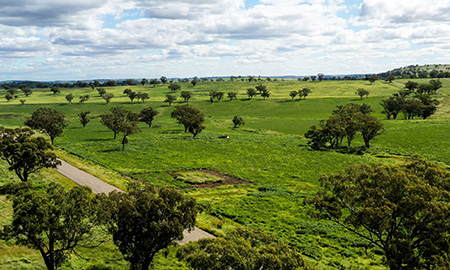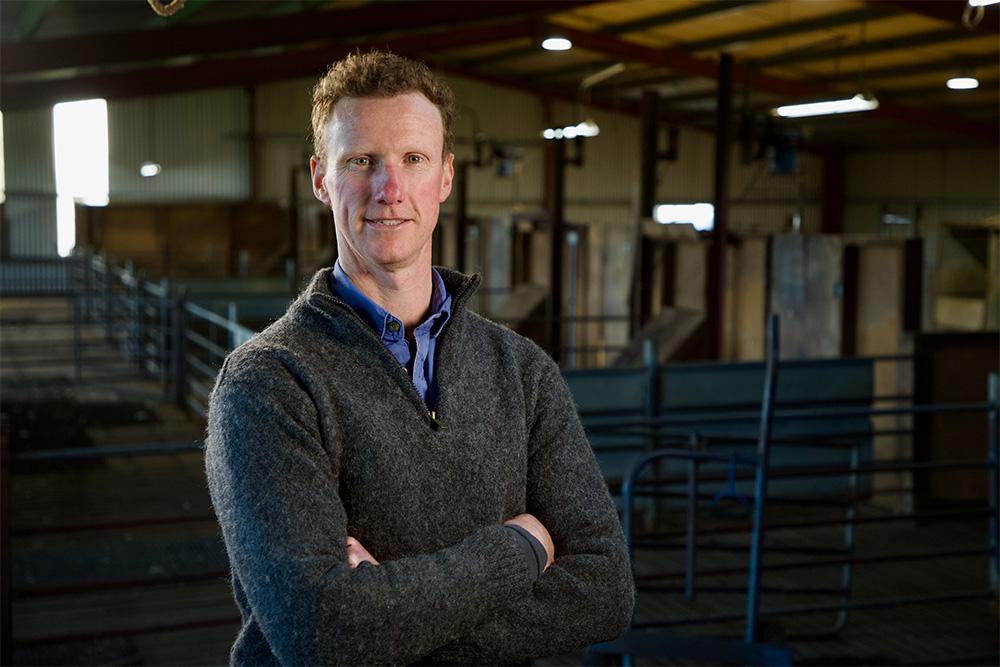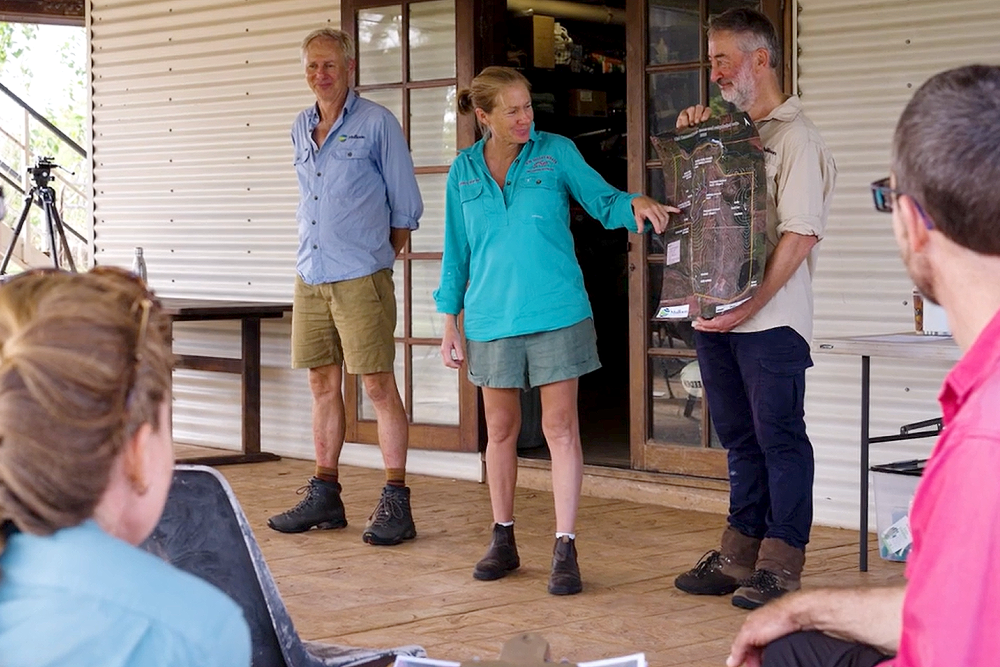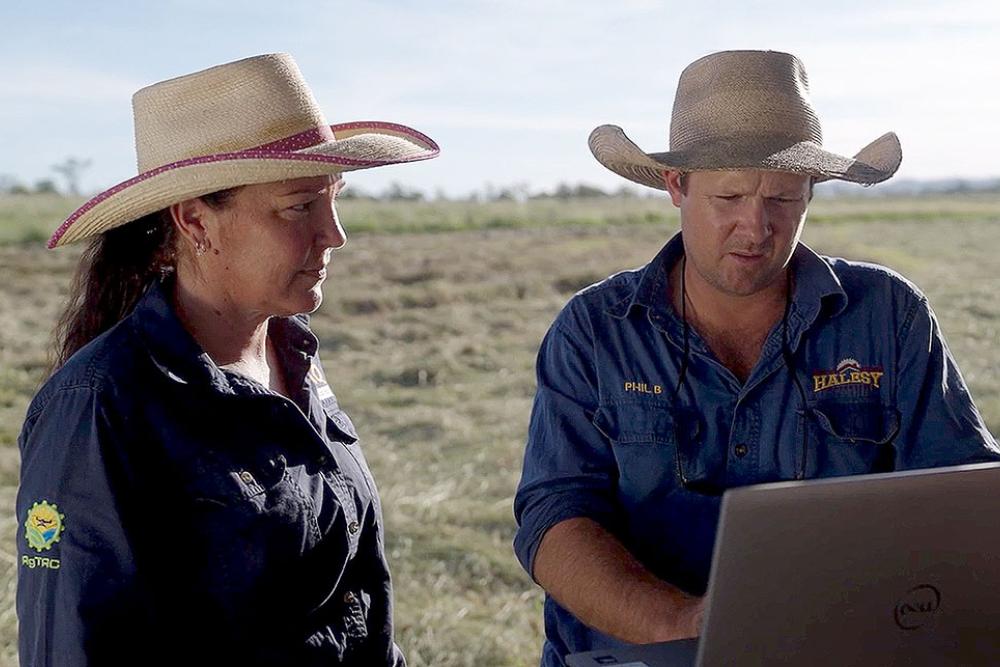Community drought response
Between 2017 and 2020, the Hunter region of NSW experienced its worst dry season in recent history and many local landholders were caught off guard.
Two types of decision-makers emerged as conditions deteriorated in this traditionally safe rainfall area and indeed right across the country: there were the proactive land managers and then, there were those who needed a little more support to adapt to unfamiliar territory and confidently take their next step.
The proactive managers had a drought plan and were making decisions at key trigger points. Others however were overwhelmed by the eventual scale of this drought, often not engaging with advisory services and running low on stock feed and water. The difficult situations crept up as feed budgeting and destocking decisions became time critical.
In response, Hunter Local Land Services has created a project to benefit all landholders linking them together in a drought management ‘think-tank’. The goal being to turn adversity into opportunity by tapping into the regional memory-bank, drawing on local experience - the good and the painful - recording the knowledge that got producers through while it’s still fresh, building resilience while also establishing new and accessible management resources.
Changing mindsets
The Paddock Between the Ears (PBTE) project is funded through the Future Drought Fund and aims to support landholders in the Upper Hunter, Lower Hunter and Manning regions to explore the many ways they can build drought resilience in their farm landscape.
‘It’s all about changing mindsets,’ said Sarah Giblin, Hunter LLS Agricultural Extension team leader.
‘What we saw during the drought was that a big part of the solution was linking people together to learn from each other.
‘A change of outlook in the paddock between the ears is the key to re-thinking management of grazing systems and our environment.’
Driving results at home
The project has two components: a pasture forecaster to take some of the guesswork out of grazing management decisions, and a program focused on enhancing adoption of natural resource management on-farm via Eco-Action demonstration sites and reality-style Farm Makeovers.
The entire project is based on the concept of using social capital to build a drought resilient region through sharing experiences, storytelling, mentoring and collaborating, forming networks and ultimately a community knowledge bank.
The aim is to boost drought planning skills and farm production outcomes, improving access to new technologies and challenging the way water and natural assets are managed on farm to prepare for dry times.
‘There are so many great NRM opportunities that just make sense, it’s all about reframing these ideas to improve understanding and uptake and build confidence,’ Sarah said.
In a collaborative effort involving regional producer groups and partners from south-east NSW, this Hunter LLS project has launched a breakthrough addition to the local grazing management toolbox.
The Farming Forecaster Hunter online platform brings together real-time scientific data from 18 soil moisture and weather stations dotted in pastures across the region with CSIRO and BOM climate forecasts in a user-friendly format for farmers to access on their smartphone.
The platform will soon incorporate a pasture growth predictor – Pasture Forecaster – developed by GrassGro, set to vastly improve decision-making for graziers with real and relevant local data to inform risk management of paddock feed availability, fodder conservation and purchasing, trading and destocking.
The Paddock Between the Ears team has identified highly visible locations on Travelling Stock Reserves around the region to set up accessible Eco-Action sites to showcase great ideas for small achievable NRM projects. At the same time, they have launched an incentive program in the Hunter where grant recipients will record their own Farm Makeover journeys to share their successes and any road-blocks they overcame with the wider community.
‘Just like watching a reality makeover show, landholders can tune in to videos and podcasts, following the Farm Makeovers as they unfold and flourish,’ Hunter LLS project team member, Maria Cameron said.
‘It’s important producers can see the results for themselves in their own backyards: how to improve stock water quality by recreating a wetland to filter run-off, planting native grasses, reeds and trees in dam inflows, shading and stabilising a creek waterhole with vegetation, or creating shelter belt habitat and drought fodder reserves, basically any project that builds the drought resilience of the farm landscape.’
Improved drought resilience
Drought management may have proven daunting in the past for many Hunter land managers however, the seven Eco-Action sites will provide accessible NRM learnings. Inspired by the Australian National University’s Sustainable Farms program, the ‘bite-sized, do-able chunks’, champion ecosystem services and present practical environmental solutions which will appeal to farmers.
The practical is only one component of this exciting project with the educational opportunities and mentoring, passing on of knowledge and first-hand experience, just as vital. The valuable lessons in grazing management technology, drought planning and preparation will be brought together and shared through a series of workshops, virtual and Eco-Action site tours, and importantly recorded in video and podcast as an accessible library of resources on social media suitable for all learning styles.
Through sharing each Farm Makeover journey and Eco-Action Site build, the project team plan to bring a new ‘can-do’ mindset to drought preparation and management.
‘We want landholders to see what has been done and think, hey I reckon I can do that on my place too,’ Maria explained.
‘Drought resilience isn’t about being tough or pushing through on your own – it is being able to have a forward focus, plan ahead, to make decisions and set goals with confidence and with a trusted community around you.’
Are you interested in how this could inform your land management? Then please follow along with this exciting project.
Read more
Connect with us
- Follow on Facebook @Hunter Local Land Services
- Hunter Local Land Services YouTube channel




